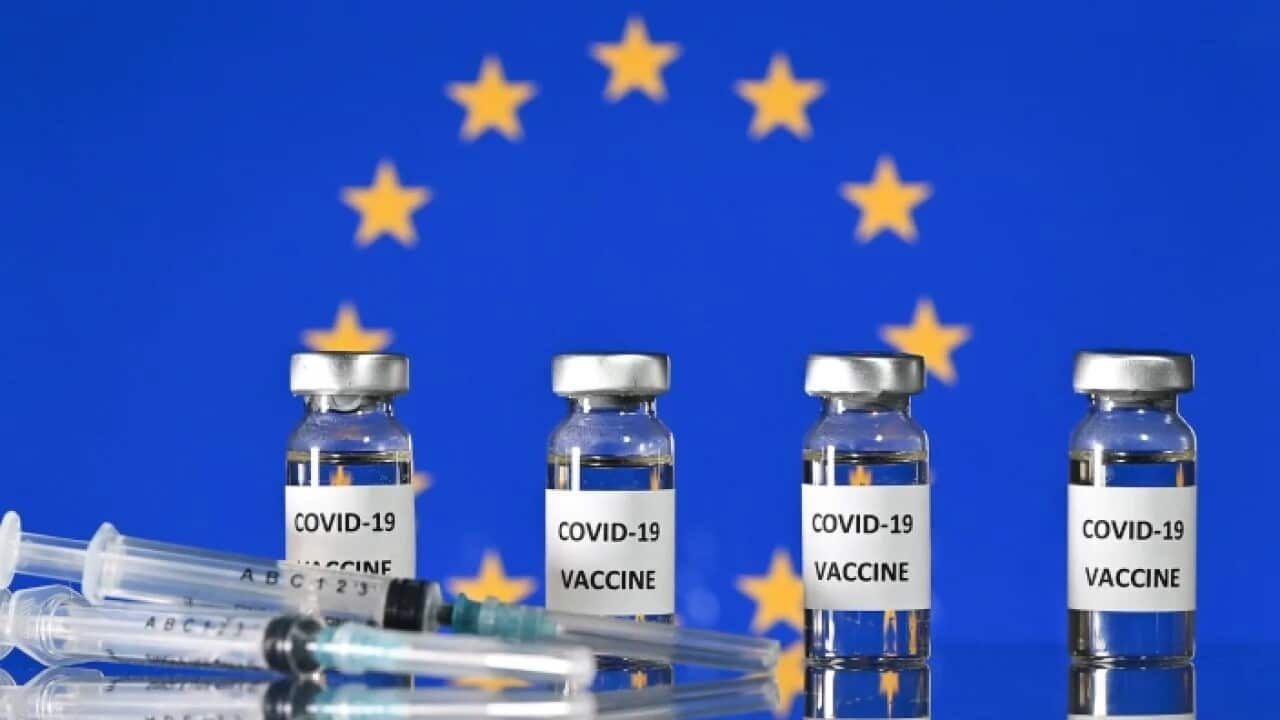Highlights
- The drug regulator assessed over 80 cases of people who developed clots in blood veins and in arteries after inoculation
- Eighteen of the cases were fatal
- State health authorities are regulating inoculation within their own borders
In the latest assessment, E-M-A experts say the reported combination of blood clots and low blood platelets is very rare, and that there are no specific risk factors, including age.
Most cases have been reported in women under 60 years of age, within two weeks of vaccination.
E-M-A Executive Director Emer Cooke [[EM-uh]] says this is all part of the challenge of mass vaccination.
"This case clearly demonstrates one of the challenges posed by large scale vaccination campaigns when millions of people receive these vaccines, very rare events can occur that were not identified during the clinical trials. The role of pharmacovigilance, the monitoring of these side effect, is to help us to rapidly detect and analyse these risks. This case also shows us that our pharmacovigilance system is working, these very rare and unusual events have been picked up, identified, analysed and have allowed us to come to science-based recommendations to allow the safe and effective use of this vaccine."
Peter Arlett, head of the agency's Data Analytics and Methodology, also says the "rare" side effects do not impede on the vaccines' benefits.
"In the case of the AstraZeneca vaccine, we have now identified a very rare side effect, and if we then put that into the context of the overall benefits of the vaccine, then the benefits outweigh the risks. How vaccines are used and deployed by different member states, of course, is going to be impacted by the availability of vaccines, by the local infection rates, by hospital capacity, by who's already been vaccinated."




